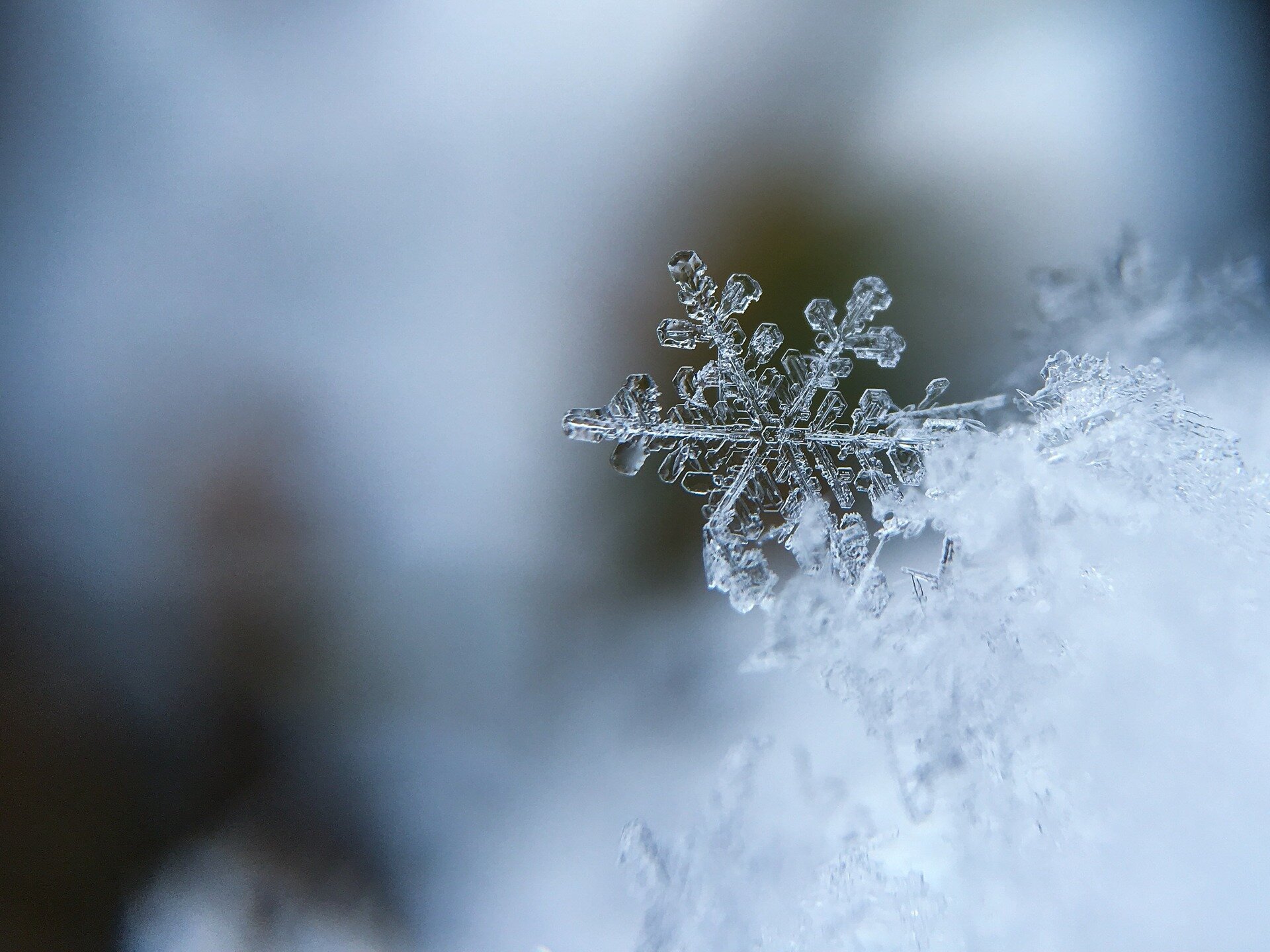- Former Pfizer CEO, finance chief step back from Starboard's activist campaign
- Asia-Pacific markets gain ahead of U.S. inflation data; China stocks resume rally
- Oil prices rise on Israel-Iran conflict fears and U.S. storm
- Dollar hovers near two-month peak as Fed easing bets ebb before inflation data
- European markets open slightly higher as investors brace for U.S. inflation data
What do you believe is the single most important factor driving up the cost of living in Nigeria?

Arctic river erosion linked to permafrost thaw
Permafrost, the thick layer of perennially frozen ground that covers much of the Arctic, slows down the migration of Arctic rivers, according to a new Caltech study. River migration is a common process in which a river's path meanders over time due to erosion of the riverbanks. This rerouting, which can also occur in sudden floods, poses a threat for many communities that live along and depend on rivers. The findings also have implications for how the Arctic region will be impacted by a warming climate as permafrost thaws over time.
The research was conducted in the Caltech laboratory of Michael Lamb, professor of geology, and is described in a paper appearing in the journal Nature.
Led by graduate student Emily Geyman, the study focused on the Koyukuk River, a large tributary of the Yukon River that winds for hundreds of miles through interior Alaska. There was debate within the scientific community about whether the frozen soil along the riverbanks serves to fortify the banks against erosion or to promote it.
"Large rivers like the Yukon or the Amazon can move tens to hundreds of feet per year," Geyman says. "Arctic rivers in particular differ from temperate rivers because they need to thaw the material of their banks before they can pick that material up and move it."
Due to climate change, permafrost is slowly thawing over decades. But a river can experience drastic natural changes within a single year, with flow conditions changing from very cold and fast in early spring to warm and slow a few months later. Geyman and her collaborators leveraged these major changes that take place within a single season to gain a glimpse into how the rivers will behave in response to climate change decades or centuries into the future.




- October 10, 2024
Scientists recreate the head of this ancient 9-foot-long bug

- October 10, 2024
Snowflake dance analysis could improve rain forecasts

- October 10, 2024
AI steps into science limelight with Nobel wins

- October 10, 2024
Citizen scientists will be needed to meet global water quality goals


Subscribe to our mailing list to get the new updates!

Subscribe our newsletter to stay updated
Thank you for subscribing!





